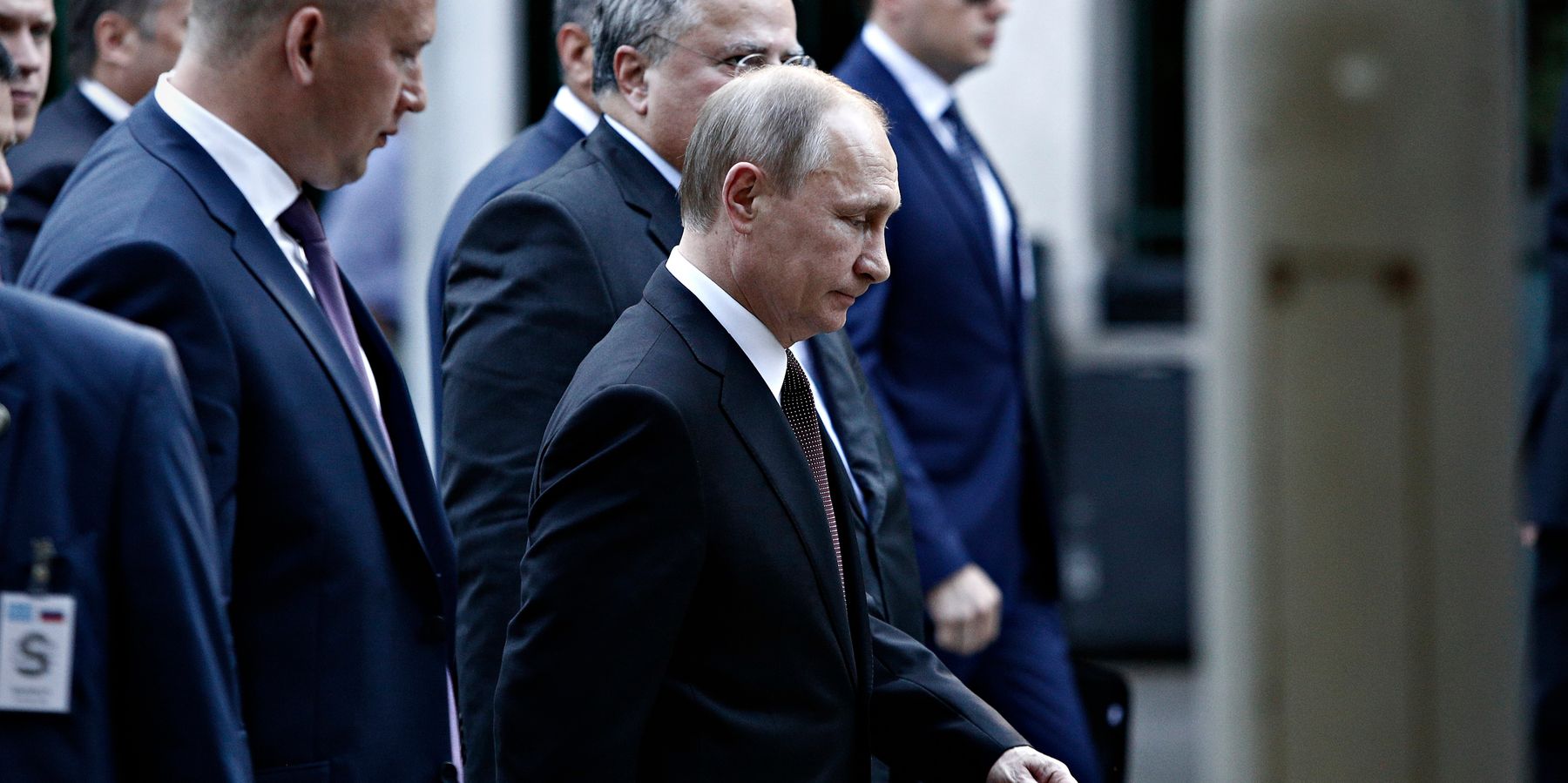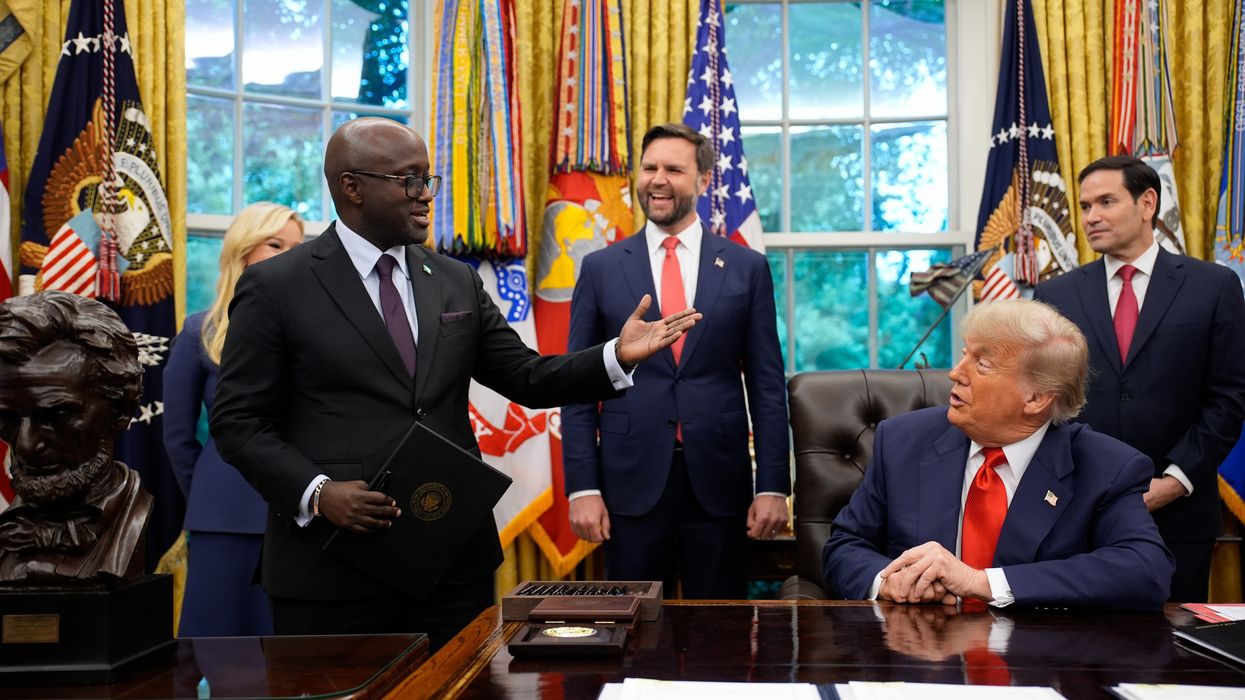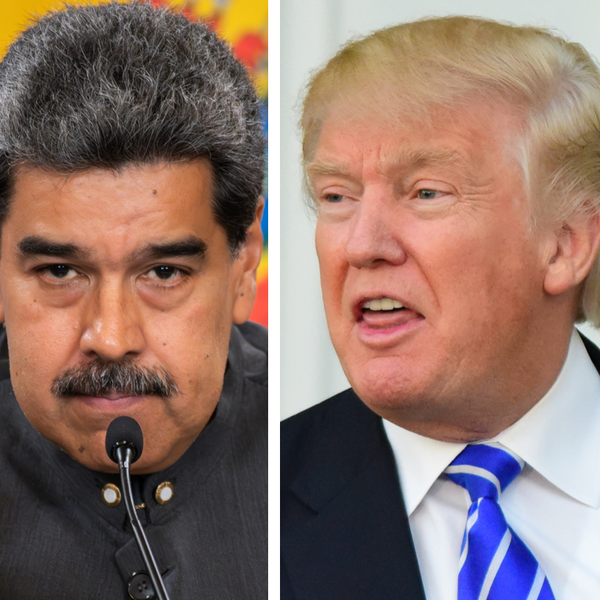Russia’s economy is at a critical juncture. It is not an understatement to say that Moscow needs these Alaska peace talks with the Trump administration on Friday to end the Ukraine war as much as Kyiv does.
Mixed indicators in June signal that the overall economy seems relatively stable for the near term, but recession may be on the horizon. It may be trying to hide it, but Moscow can no longer obscure the true costs of the war, which are in part to blame for current conditions.
After the invasion of Ukraine in 2022, the Kremlin initially used budget spending, counter-sanctions measures, and credit growth to boost investment, which were largely successful as the economy grew near 4 percent in 2023 and 2024. However, in late 2024, the measures used to secure a war economy led to economic overheating, wage growth, and rampant inflation.
Now the economy is experiencing decline after more than two years of solid growth. Contraction has been driven by falling activity in mining, trade, real estate, and leisure — which parallel growth in agriculture, manufacturing, and public administration were not able to offset. As a result, the Russian Central Bank is predicting annual growth in 2025 between 1 and 2% and growth near 1% in 2026.
Despite the Central Bank’s optimism, the IMF recently cut its own 2025 projection for Russian GDP growth to 0.9% and 1% in 2026.
Russia’s current economic slowdown may be viewed as an opportunity for policy makers in the United States and Europe to escalate pressure on Russia. However, it is important to note that these same policymakers have overestimated Russia’s economic weakness since 2022 with negligible results on Russia’s management of the war in Ukraine.
Therefore, a policy of economic restraint, as opposed to economic warfare, would still appear the best approach to ending the war in Ukraine. Additional sanctions on Russia and countries who trade with Russia, as President Trump has threatened, may impact the global economy more severely than Russia.
Trump’s call for secondary sanctions has only served to bring the BRICS closer together and reinforce anti-American distrust in the Global South. Brazil's President, Lula da Silva, has revealed plans to call the leaders of India and China to discuss a joint BRICS response to tariffs and secondary sanctions imposed by President Donald Trump.
"What President Trump is doing is tacit — he wants to dismantle multilateralism, where agreements are made collectively within institutions, and replace it with unilateralism, where he negotiates one-on-one with other countries," Lula said.
Meanwhile, increased geopolitical instability or even escalation in current hotspots such as Israel, Iran, or the Caucasus, particularly Armenia, could cause fluctuations in oil prices and require Russia to divert resources it does not have, impacting Russia’s budget in unexpected ways.
The continuing slowdown during the first half of 2025 has contributed to a widening budget shortfall that has left the country with less to spend on infrastructure and public services. Apparently, the Kremlin has started to reallocate funds from vital investment projects in road, rail, and utilities to military budget items, but this is difficult to decipher given publicly available statistics.
The Moscow Times speculates that the data “blackout” is the latest in a broader trend that began after Russia launched its full-scale invasion of Ukraine in 2022. A recent article cites a report by Promsvyazbank (PSB) which suggests Russian authorities are increasingly limiting public access to core economic statistics as concerns grow over a potential economic slowdown, The PSB report notes that RosStat, the state statistics service, has not published several key macroeconomic figures for June and the first half of 2025.
For example, the PSB report notes inflation-adjusted retail and wholesale trade data were missing in the latest figures. RosStat reported a nominal 12.2% year-on-year rise in retail turnover for June but omitted the real, inflation-adjusted number. PSB analysts estimate real turnover growth may be closer to 2-3%.
The recent absence of key data follows Russian President Vladimir Putin's sharp remarks regarding a possible economic slowdown at the St. Petersburg Economic Forum in June. During the Forum, Economic Development Minister Maxim Reshetnikov warned that Russia’s economy is “on the brink of a recession.”
In later remarks, Putin commented that “several specialists have pointed out that there are risks for stagnation and even a recession. This will absolutely under no circumstances be allowed.”
Despite the Kremlin’s assertions, the S&P Global Purchasing Managers’ Index (PMI) survey for Russia showed the manufacturing sector dropped to 47.5 from 50.2 in May, signaling a sharp contraction. “Falling output, dwindling new orders, and job cuts are driving the manufacturing slump and mark a severe challenge for an economy heavily reliant on industrial production.”
The survey also showed that job losses accelerated at the fastest pace since April 2022. The survey predicts Russia’s unemployment rate of 2.9% in 2024 could increase to 3.5% in 2025. The country lacked around 2.6 million workers at the end of 2024, according to Russia’s Higher School of Economics, largely due to men going to war or fleeing abroad to avoid it.
The employment news is slightly concerning because record employment was one of the significant achievements of the war economy along with higher wages. Data for June confirmed that wage growth still increased by 12%, but the figure marked a drop from 19% in the same period in 2024.
In an effort to address the severe inflation and investment issues resulting from overheating, the Russian Central Bank lowered the key rate from 20% to 18% in July. Russian business viewed the measure as a positive sign in the battle to lower crushing inflation that has restricted borrowing costs and investment into the economy.
After the Central Bank lowered the rate from 21% to 20% in June inflation had dropped to 9.2% in July from 9.4%. The Central Bank predicts inflation will reach 6 to 7% by the end of 2025 with a target of 4% by the end of 2026.
Lower inflation will help lessen the ruble’s strength, which had been hampering trade. The Russian ruble's 45% rise against the U.S. dollar since the start of the year had made it one of the world's best performing currencies. However, the strong ruble also resulted in higher prices for Russian merchandise exports, which decreased 6% year on year as of June.
Another downside of the strong ruble is that dollar-denominated energy revenues generate fewer rubles for the Russian budget. As a result, Russia's oil and gas revenues have fallen due to sanctions and weaker pricing and were down by 27% year-on-year in July. Oil prices averaged $59.8 for Brent crude in June of 2025 versus nearly $70 in June 2024.
Although the projected economic stagnation is not something the Kremlin likes to discuss, measures to reduce inflation and stimulate greater business investment should boost the flagging economy enough to give Moscow the economic stability necessary to continue pursuing its aims in Ukraine through at least 2026 — if it has to.
Beyond 2026, the question would be whether Russia’s economy can recover in a way to force a peace in Ukraine and still achieve its full list of objectives.
- How Trump's latest Ukraine negotiation efforts could fail ›
- Trump's terms for Russia-Ukraine on the right course for peace ›
- On Ukraine war, Euro leaders begin to make concessions — to reality | Responsible Statecraft ›
- Deal or no deal? Alaska summit ends with vague hints at something | Responsible Statecraft ›
- Why Trump gets it right on Ukraine peace | Responsible Statecraft ›
















